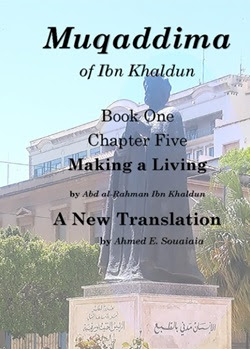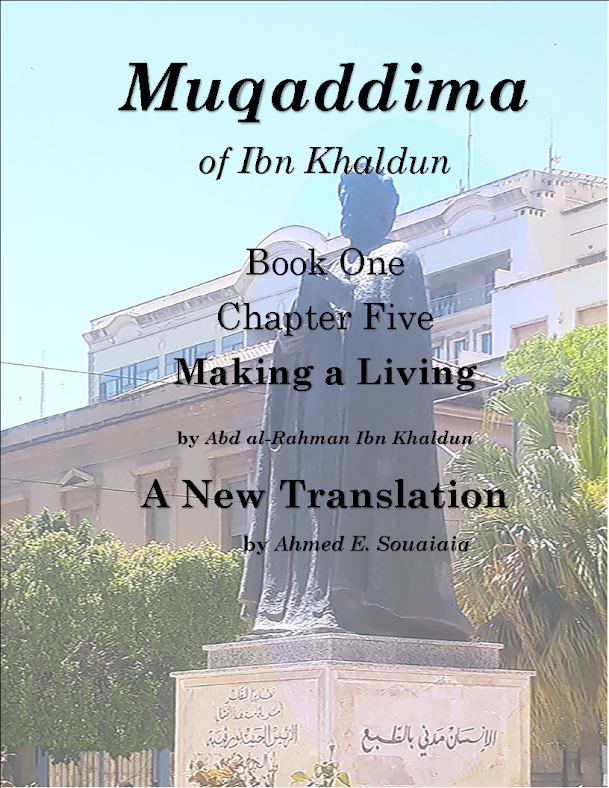According to the Human Rights Commission of Pakistan, in 2013 nearly 700 Shia were killed and more than 1,000 were injured in more than 200 sectarian terrorist attacks. Over 90 percent of those attacks occurred in Quetta, Karachi, Kangu, Parachinar, Islamabad and Rawalpindi. Since the beginning of 2000, nearly 4,000 persons have been killed and 6,800 injured (see figure below). Who is hunting Pakistan’s Shia and, most importantly, why?
The explanation for Pakistan’s deadly sectarian present lies in the communal politics of Pakistan’s pre-history and the subsequent decisions that Pakistani elites made in the early years about nation building in the new state. The current path of violence and intolerance may have been paved well before Pakistan became independent in 1947.
Pakistan: Born to Other
As the British appetite for maintaining the Raj declined after World Wars I and II, it became increasingly clear that the declining imperial power would accede to mounting Indian nationalist demands to quit the subcontinent. However, it was not clear what political order would rise from the detritus of the erstwhile Raj. Some Muslims associated with the All India Muslim League feared that, in a Hindu-majority state, Muslims would be subjected to separate and unequal status. The Congress Party, which claimed to represent all groups in India and which enjoyed a pan-Indian presence, challenged these claims. However, some within the Congress Party increasingly began to evidence communal sentiments which further discomfited some Muslims in India.
Muhammad Ali Jinnah, who is...
The explanation for Pakistan’s deadly sectarian present lies in the communal politics of Pakistan’s pre-history and the subsequent decisions that Pakistani elites made in the early years about nation building in the new state. The current path of violence and intolerance may have been paved well before Pakistan became independent in 1947.
Pakistan: Born to Other
As the British appetite for maintaining the Raj declined after World Wars I and II, it became increasingly clear that the declining imperial power would accede to mounting Indian nationalist demands to quit the subcontinent. However, it was not clear what political order would rise from the detritus of the erstwhile Raj. Some Muslims associated with the All India Muslim League feared that, in a Hindu-majority state, Muslims would be subjected to separate and unequal status. The Congress Party, which claimed to represent all groups in India and which enjoyed a pan-Indian presence, challenged these claims. However, some within the Congress Party increasingly began to evidence communal sentiments which further discomfited some Muslims in India.
Muhammad Ali Jinnah, who is...
read more >>

































No comments:
Write comments